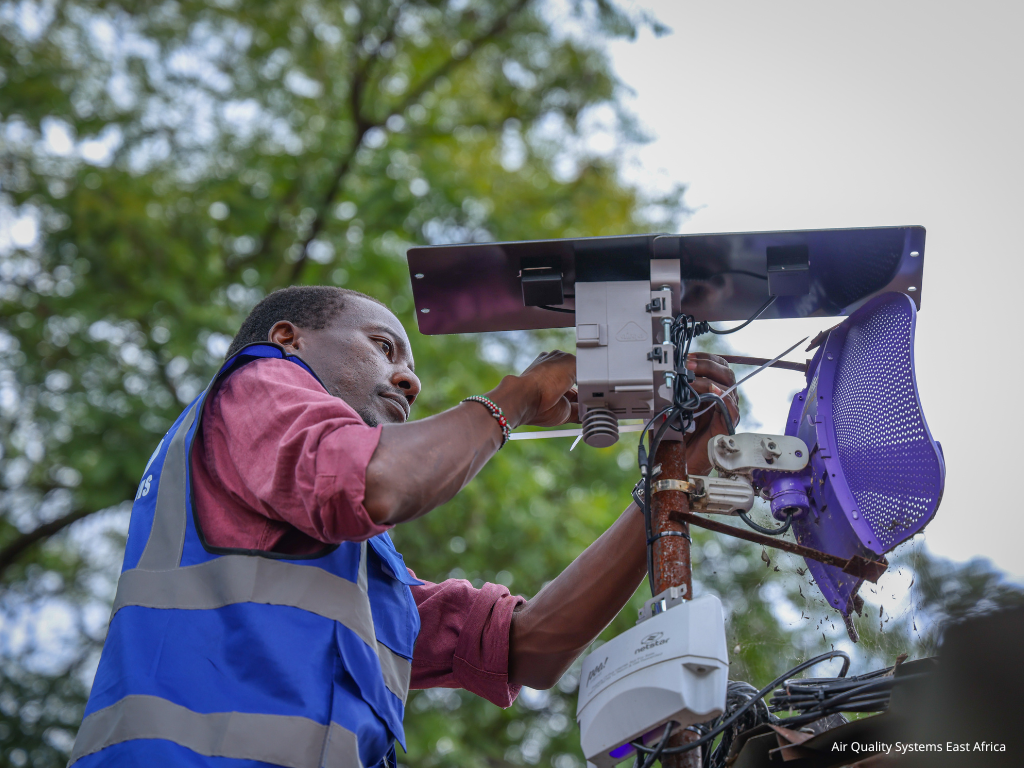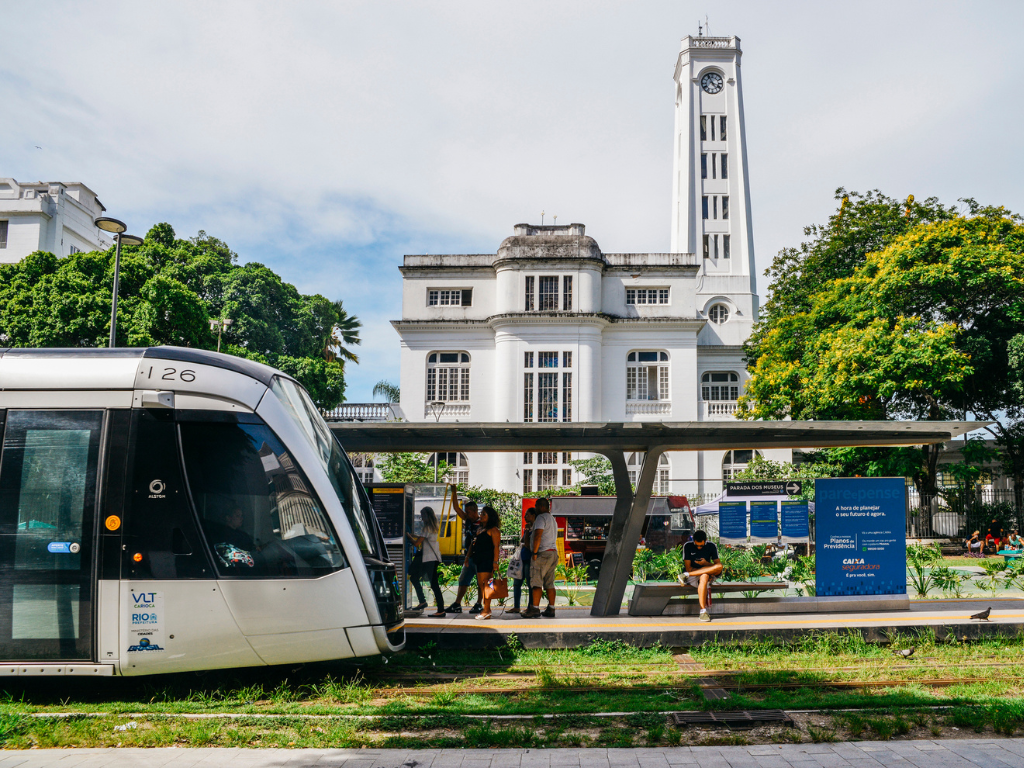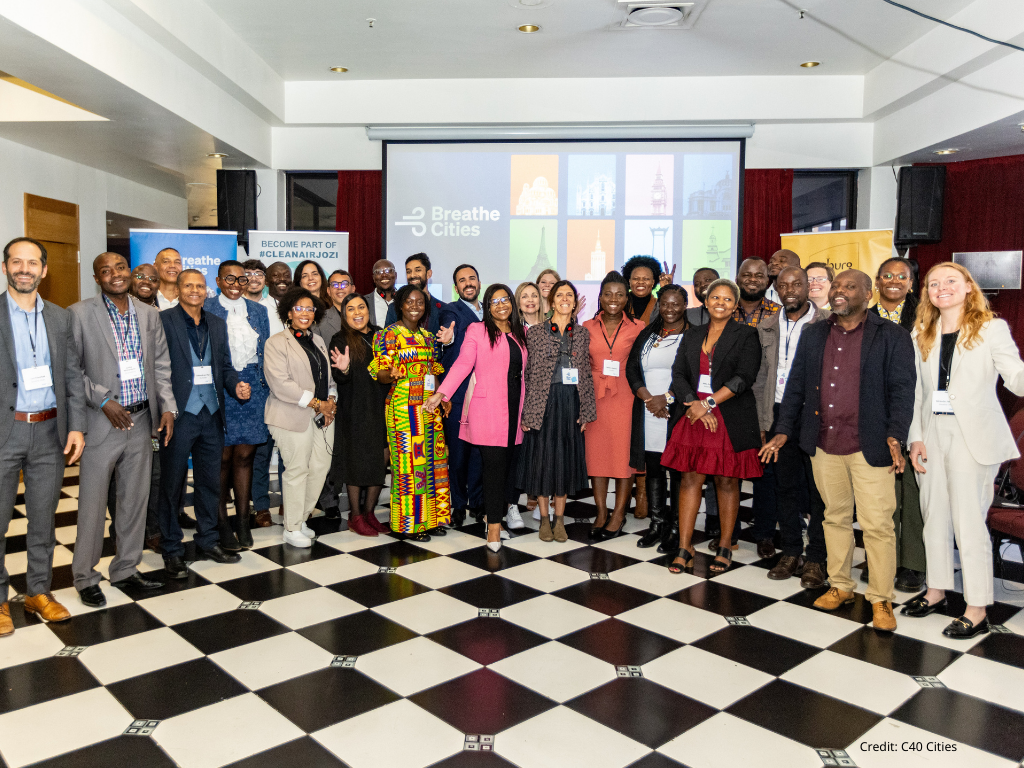Breathe Cities Mayors Unite On Air Quality Action at COP30 Local Leaders Forum

If you share our commitment to clean air and would like to hear news from Breathe Cities, sign up to our email updates.
You can opt out at any time. To read our full Privacy Policy, please click here.

Rio de Janeiro, Brazil – Yesterday, during the COP30 Local Leaders Forum co-hosted by the COP30 Presidency and Bloomberg Philanthropies, mayors from around the world explored how cities are harnessing air quality data to drive smart policy, engage communities, and inspire global change – proving that clean air is not a distant ambition, but a goal within reach for all.
The session during the World Mayors Summit was hosted by Breathe Cities, a first-of-its-kind initiative delivered by the Clean Air Fund, C40 Cities and Bloomberg Philanthropies to clean our air, cut carbon emissions and enhance public health in cities around the world. Through a series of fireside chats and panels, mayors and clean air experts showed the tangible results of action taken across Bogotá, Johannesburg, London, Sofia, Quito, and Warsaw that can benefit more than 30 million residents.
Mayoral leadership in London and Warsaw, where pilots for Breathe Cities began, emphasized that progress on clean air depends on bold leadership and sustained political will – often in the face of resistance – combined with strong community networks and direct funding to cities. The mayors emphasized the power of data and storytelling working hand-in-hand to show residents the challenges that air pollution creates, as well as the solutions that benefit the local economy and public health.
“[In Warsaw] we were able to eliminate 90 percent of coal-powered stoves to heat homes. We invested in more than 100 data-gathering stations, which allowed us to show clear results and the impact that it had on people’s lives. One of the most important things we did was talk about children’s asthma and engaged with people in a very clear way that touched upon their lives,” said Mayor Rafał Trzaskowski of Warsaw.
For the city of Bogotá, recognized as an Earthshot Prize finalist for their clean air efforts, fighting air pollution in the city started by addressing the biggest source: road transport. By expanding electrification in its public transit, outlining plans for big upgrades to the light rail system and increased accessibility, Bogotá has emerged as a clean air champion in Latin America.

For decades, Bogotá has pioneered sustainable transportation and development by implementing bold transformative actions. Bogota has one of the largest electric fleets in the world with over 1,486 buses. We plan to expand that with 680 more high-capacity buses in the next few years. These are just not projects. These are lifelines that protect our air and uplift our most vulnerable communities. Now, with the support from Breathe Cities, we aim to fulfill the objectives of our clean air plan by carrying out our first urban zone for better air… and declaring a second one next year. We are adopting new management instruments to address the growing emissions from the transportation and construction sectors from forest fires as well.
Carlos Fernando Galán
Mayor of Bogotá
In many cities around the world, air pollution is often caused by emissions from fossil-fuel powered vehicles. In Johannesburg, nearly 70% of the city’s pollution comes from cars. The city took an all-of-society approach to bringing awareness to its air quality challenges, engaging the public in data collection, surveys on road transport, and clean air awareness campaigns. With young people representing 60% of the city’s population, bringing them into the conversation on clean air was critical.
“The biggest part of our population is young people. Therefore it was important for us to target these young people and implement air pollution campaigns so that they can have the necessary skills and the tools to help us mobilize the entire community as clean air ambassadors. We partner with youth organizations and have youth champions who represent neighborhoods across the city… and in the last few months we’ve been able to mobilize over 1,253 young people and trained [them] in matters that relate to how we manage clean air policies,” said Mayor Dada Morero of Johannesburg.
Breathe Cities aims to tackle urban air pollution on a global scale, aiming to cut toxic air pollution and carbon emissions 30% by 2030 (from 2019 levels) across 14 participating cities. Achieving this would prevent 55,000 premature deaths, $147 billion in health costs and 394 megatonnes of CO2e emissions, creating stronger economies and healthier cities where residents can thrive.
“We have several programs to incentivize people to switch from traditional heating methods to heat pumps and air conditioners. We focus on explaining why this is good for them—not just for their health, but also in terms of lower bills and the economic benefits of moving to a different energy source,” said Mayor Vasil Aleksandrov Terziev of Sofia.
To date, over 1,100 low-cost sensors have been installed in the 14 cities to put data in the hands of city leaders and local communities. Over 47 million people have been reached through air pollution awareness-raising efforts through collaborations with grassroots organizations and local communities.
“Cities are proving that clean air action goes hand in hand with growing local economies and protecting public health,” said Antha Williams, who leads the Environment Program at Bloomberg Philanthropies. “Through Breathe Cities, we’re helping cities use data to drive results—cutting pollution, improving health, and strengthening communities. By supporting this work and helping local governments turn data into action, mayors are delivering cleaner air, stronger economies, and healthier lives.”
“Clean air action works — fast. In just two years, cleaner air in the Breathe Cities prevented over 10,000 children from developing asthma. The solutions being rolled out from Bogotá to Warsaw are securing healthier futures now, not someday,” said Jane Burston, CEO of the Clean Air Fund. “Youth leaders in Johannesburg and grassroots advocates harnessing real-time data in London show how communities and partnerships multiply impact. As we head toward COP30, it’s time for national governments to follow the lead of their cities in investing in clean air for all.”



